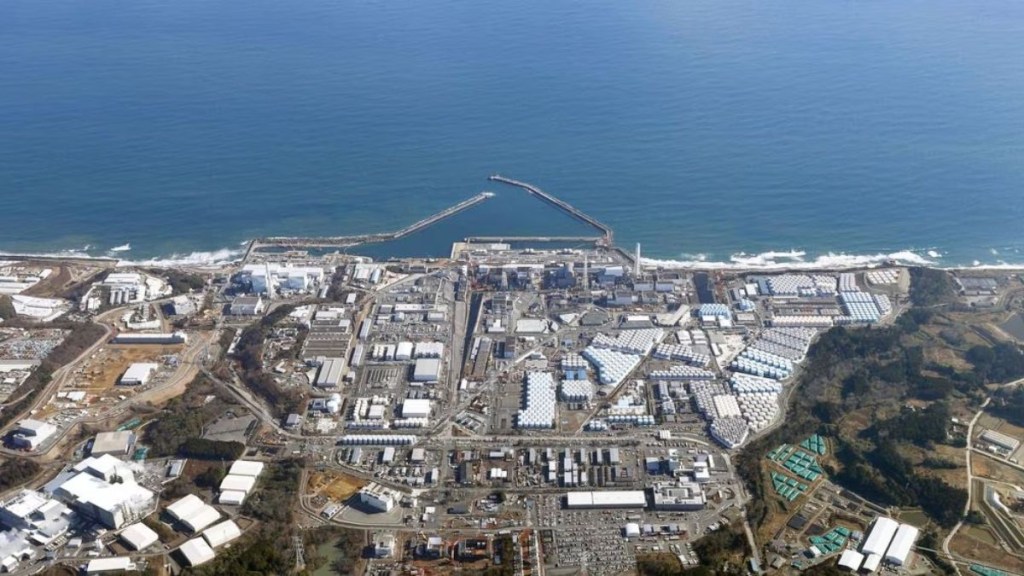Japan on Thursday (August 24) started releasing treated radioactive water from the crippled Fukushima Daiichi nuclear power plant into the sea. The development comes amid concern among local fishermen and some neighbouring countries regarding its impact on the environment.
The operator of the tsunami-wrecked Fukushima Daiichi nuclear power plant informed that the release of the first batch of treated radioactive water into the Pacific Ocean has begun. “Seawater pump A activated,” the main operator said.
The Tokyo Electric Power Company Holdings today in a live video from a control room at the plant showed a staff member turn on a seawater pump, marking the beginning of the controversial project that is expected to last for decades.
Why is Japan’s Fukushima water release so controversial?
The release comes amid massive opposition from Japanese fisher groups who believe that this will cause further damage to the reputation of their seafood. Groups in China and South Korea have also raised concern, making it a political and diplomatic issue.
But the Japanese government and TEPCO say the water must be released to make room for the plant’s decommissioning and to prevent accidental leaks. They say the treatment and dilution will make the wastewater safer than international standards and its environmental impact will be negligibly small. However, some scientists say the long-term impact of the low-dose radioactivity that remains in the water needs attention.
The water release begins more than 12 years after the March 2011 nuclear meltdowns, caused by a massive earthquake and tsunami. It marks a milestone for the plant’s battle with an ever-growing radioactive water stockpile that TEPCO and the government say have hampered the daunting task of removing the fatally toxic melted debris from the reactors.
The pump activated Thursday afternoon would send the first batch of the diluted, treated water from a mixing pool to a secondary pool, where the water is then discharged into the ocean through an undersea tunnel. The water is collected and partly recycled as cooling water after treatment, with the rest stored in around 1,000 tanks, which are already filled to 98% of their 1.37-million-ton capacity.
Those tanks, which cover much of the plant complex, must be freed up to build the new facilities needed for the decommissioning process, officials said.
(With inputs from Associated Press)
